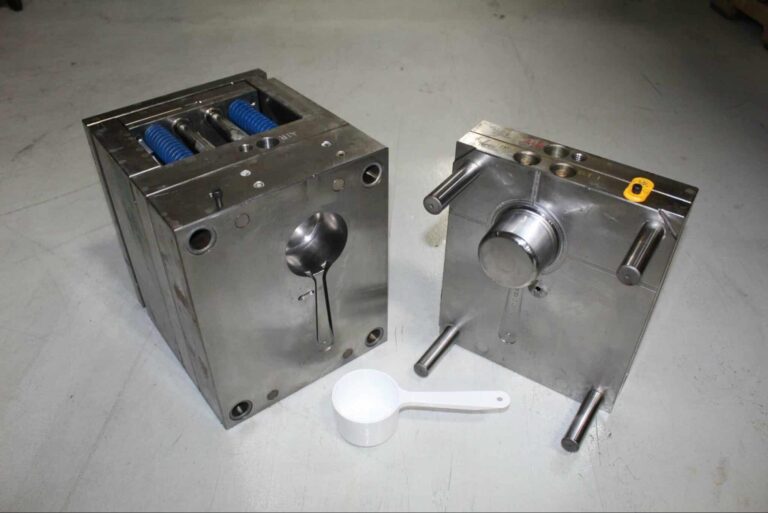
Successful Tool Transfer: Best Practices for a Smooth Mold Relocation
In industries reliant on plastic components, the success of a project often hinges on the efficiency and precision of the manufacturing process. At the heart
DISCOVER OUR NEWLY RELEASED COLLECTIBLE DISPLAY CASES! SHOP NOW
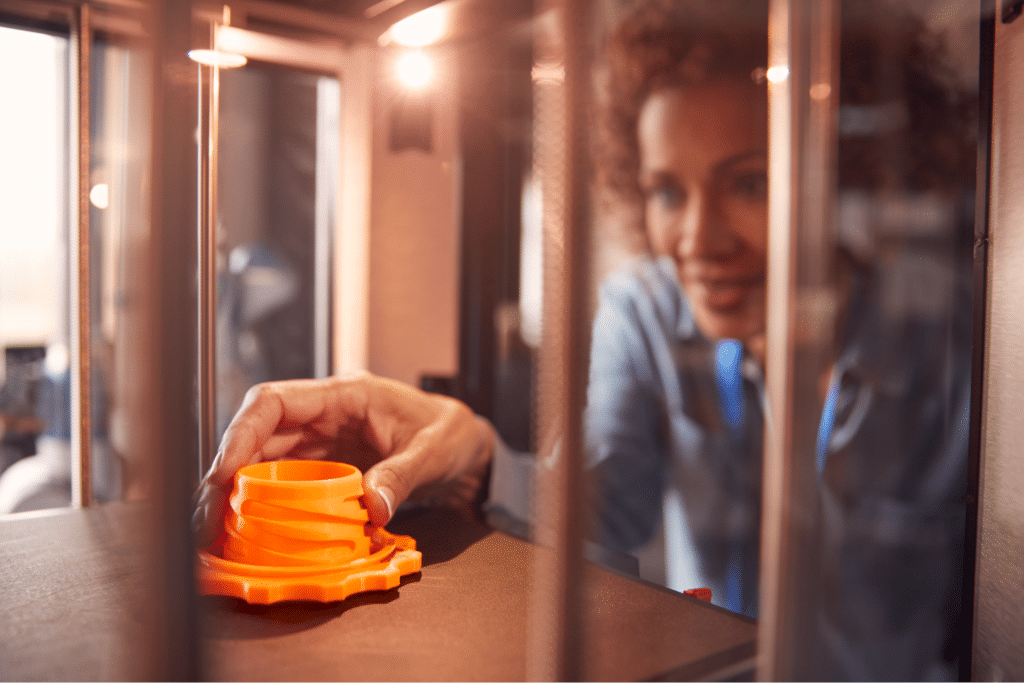
3D printing is revolutionizing manufacturing by offering unmatched versatility and creative freedom. When paired with the established efficiency and precision of injection molding, businesses can benefit from improved production workflows, potential cost reductions, and enhanced quality. This integrated approach blends the speed and flexibility of rapid design refinement with the high-volume reliability of injection molding. The result is a dynamic and agile process—one that enables quick prototypes, small-batch production, and ultimately, a smooth transition into large-scale manufacturing.
Innovation is the heartbeat of modern production. Whether you’re testing early designs or perfecting product details, 3D printing facilitates rapid iterations at lower costs and risks. Injection molding, known for its precision and scalability, builds on these iterative benefits. Together, these complementary methods shape a streamlined workflow—from initial concept to market-ready product—that empowers businesses to stay ahead of trends, reduce supply chain disruptions, and respond promptly to customer demands.
At Pioneer Plastics, we leverage over 60 years of injection molding expertise alongside state-of-the-art in-house 3D printing. Our integrated process covers rapid prototyping, custom small runs, and seamless transitions into full-scale production. Below, we’ll explore the synergy between 3D printing and injection molding, their distinct benefits, and how Pioneer Plastics stands ready to help transform your ideas into exceptional products.
In today’s fast-evolving manufacturing landscape, the demand for efficiency, flexibility, and innovation is on the rise. By pairing 3D printing with traditional injection molding, companies gain the best of both worlds: the agility of quick prototyping and the robust capacity required for mass production. This innovative union slices development timelines, minimizes upfront costs, and enhances final product quality—crucial for industries such as consumer goods, collectibles, and packaging.
3D printing accelerates design experimentation, enabling faster tweaks in shape, size, and materials. Injection molding then scales these refined prototypes to large output. 3D printing complements rather than competes with injection molding. While injection molding still reigns for high-volume output, 3D printing excels in the product’s early stages by:
Research indicates that integrating additive manufacturing (AM) with injection molding can substantially streamline product development cycles by accelerating prototyping and critical design iterations, though exact reduction percentages vary with specific applications. These methods let designers explore complex geometries, verify functionality, and pinpoint refinements prior to committing to large-scale molding.
Integrating 3D printing yields invaluable opportunities to tackle manufacturing challenges. Below are three ways it amplifies efficiency and creativity:
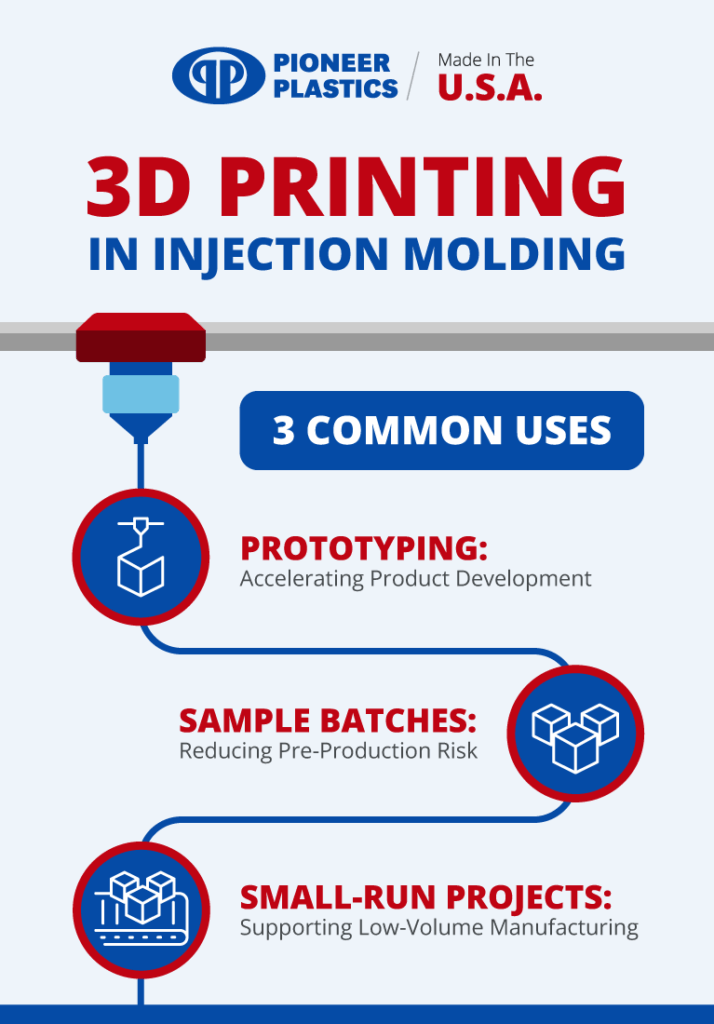
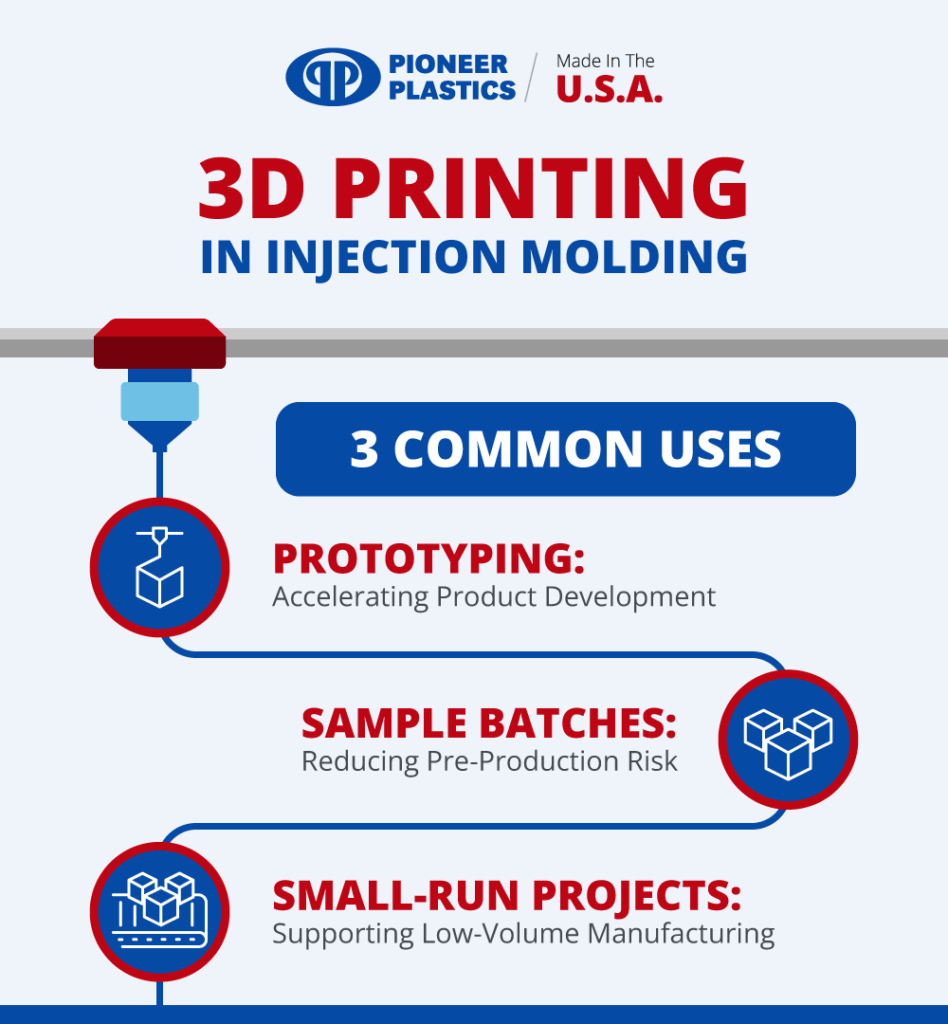
Prototyping with 3D printing revolutionizes how new products are tested. Benefits include:
For instance, a designer creating a custom collectible display case can 3D print a sample to gauge proportions and structural integrity. Quick iterations help refine the end product before injection molding begins.
3D printing is ideal for limited sample batches that bridge the gap between prototyping and large-scale output. This approach:
Many companies rely on these small batch production strategies to test their products in real environments, avoiding the expense and risk of mass-scale molding until final design details are locked in.
When demand is project-specific or specialized, 3D printing is a practical solution. It offsets high upfront tooling costs and offers:
As an example, a startup might create a short run of custom plastic housings to satisfy initial orders without overcommitting to tooling investments.

Uniting 3D printing with injection molding amplifies the strengths of both processes for a well-rounded manufacturing strategy. Hybrid manufacturing merges multiple technologies to boost productivity and adapt quickly.
3D printing grants unmatched versatility in form and structure:
Partnering with a single provider for both 3D printing and injection molding paves the way for:
By adopting these integrated manufacturing strategies, companies can continually adapt to emerging trends and materials, securing a competitive edge in the long term.
At Pioneer Plastics, we merge decades of injection molding expertise with modern 3D printing to deliver a holistic manufacturing experience. Our comprehensive capabilities and state-of-the-art equipment allow clients to move from concept to full production smoothly, reducing risk and boosting return on investment.Our solutions cater to every phase—from inception to final product.
We offer Stereolithography (SLA) for exceptional detail with light-cured resin and Fused Deposition Modeling (FDM) for strong, functional parts using thermoplastics. These techniques allow us to offer a wide variety of 3D plastic parts.
Our team begins the process by meticulously reviewing your 3D model files to ensure optimal design execution. This involves providing expert insights on necessary dimension adjustments and appropriate material choices to enhance the product’s functionality and aesthetic appeal. We then proceed with printing prototypes for thorough functional trials, consistently verifying quality at each stage. Based on the feedback received from these trials, we implement strategically targeted improvements before moving to large-scale production. By integrating 3D printing with our comprehensive engineering services, we guarantee that your designs are subjected to rigorous testing and refinement, significantly mitigating the risk of unforeseen complications during production.
At Pioneer Plastics, we understand that customization is a crucial aspect of our service, and we offer tailored solutions to meet your specific requirements. Our team can even modify standard Pioneer Plastics products with unique features to better align with your needs.
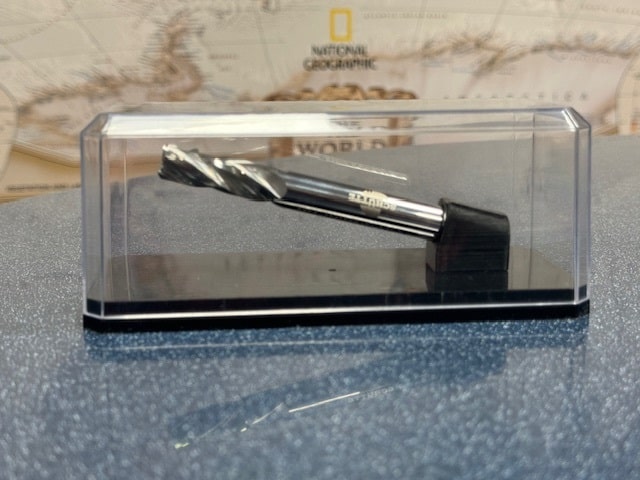
When your design has reached its final iteration, our mold-building experts work closely with our 3D printing team to ensure a smooth and efficient transition to injection molding. This collaboration guarantees that dimensional accuracy is maintained from prototype to mold, ensuring that your design objectives are preserved in every detail. With production timelines streamlined under one roof, we provide comprehensive guidance in material selection tailored to your product’s needs.
Our 60+ years in the industry have forged a culture of reliability at Pioneer Plastics. We provide personalized guidance from an experienced engineering team who is dedicated to achieving high standards of accuracy for both prototypes and full-scale products. Our flexible options cater to both short and long runs, ensuring that we can meet a diverse range of manufacturing needs with precision and efficiency.
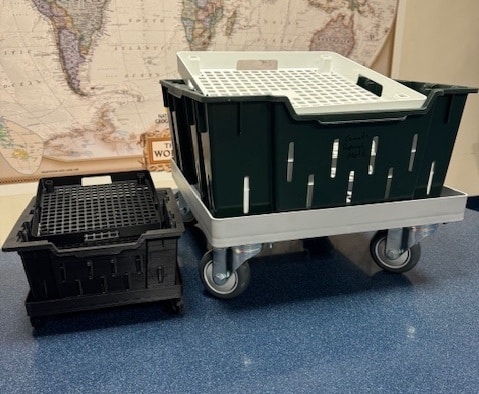
Integrating 3D printing with injection molding reshapes modern production by combining quick prototyping, small-scale pilot runs, and flexible iterations with the robust output of large-volume manufacturing. Businesses that fuse these technologies gain the advantage of reduced risk, accelerated timelines, and thorough design optimization.
At Pioneer Plastics, our specialized team harnesses the power of 3D printing alongside decades of injection molding expertise. Under one roof, we unify 3D printing and injection molding, backed by decades of practical experience. This dual proficiency keeps communication fluid, reduces lead times, and ensures high-quality outcomes—from first prototype to large-scale run.
Contact Pioneer Plastics today to explore how our 3D printing services can elevate your production strategy. We also invite you to learn more about our custom injection molding capabilities and discover our range of custom plastic solutions. Let our knowledge, cutting-edge technology, and proven processes guide you confidently from initial idea to market success.
The information provided in this content is for general informational purposes only and should not be considered professional advice. It is advisable to consult with a qualified industry professional before taking any action based on this information. The team at Pioneer Plastics is here to assist you with any questions you may have.

In industries reliant on plastic components, the success of a project often hinges on the efficiency and precision of the manufacturing process. At the heart

Bees are an important insect vital to ecosystems throughout the world. They help to pollinate, to spread plants and ensure their wellbeing, and contribute to
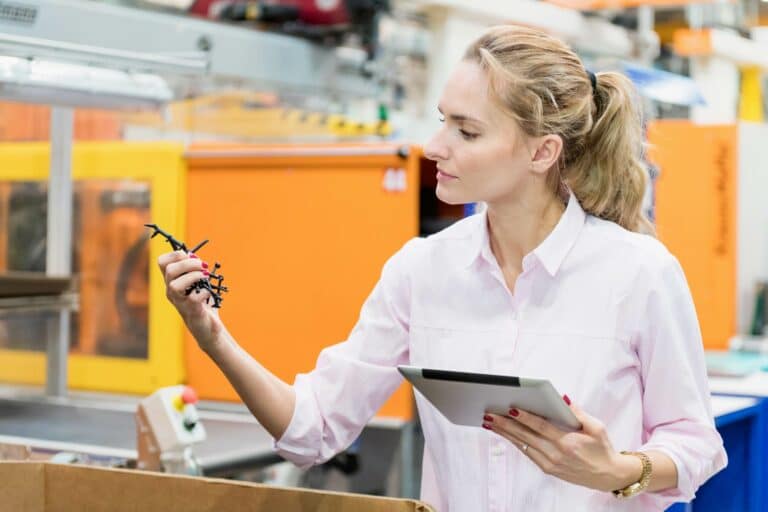
Just like the design of the part, the mold design & manufacturing process is important to the integrity and function of the part. If not